Regarding this policy, experts believe that fundamental changes in the university arrangement process will have more or less impact on workers, lecturers and students.

Students admitted to university complete admission procedures. The restructuring of university and vocational education institutions will be implemented in 2026.
PHOTO: NHAT THINH
DEPLOYMENT IN 2026
The latest information on the policy of restructuring, merging and dissolving universities and vocational training institutions was just shared by the leaders of the Ministry of Education and Training at the regular Government press conference in September on the afternoon of October 5.
Deputy Minister of Education and Training Le Tan Dung said that the policy of restructuring, merging and dissolving universities and vocational training institutions has been clearly affirmed by the Politburo in Resolution No. 71 dated August 22, 2025 on breakthroughs in education and training development. This is a major policy of the Party, so it must be implemented seriously, urgently and resolutely. This arrangement affects many people's minds, so the implementation must be very careful but at the same time it must be scientific, methodical and resolute.
The Ministry of Education and Training, as assigned, will develop a project to reorganize educational and vocational training facilities; and a project to transfer some educational and vocational training facilities to local areas. The Ministry of Education and Training will soon submit it to the Prime Minister for decision and implementation in 2026.
The Ministry of Education and Training determined that the upcoming project will be based on the foundations and viewpoints of the Party's resolutions, Government resolutions...; based on the strategy for developing university education and vocational education; based on the approved planning of the network of university education and vocational education facilities; based on the country's socio-economic development goals in the coming period and the socio-economic development regions, national security and defense.
From international experience and practical conditions of our country, the project also clearly defines the missions of these institutions (university education, vocational education). The principles and criteria are very specific and clear for transparent implementation, avoiding asking - giving, soliciting, lobbying, and negativity. This project will seek opinions from ministries, branches, localities, experts, especially universities and vocational education institutions to create high consensus during implementation.
Learners are the first to benefit.
Sharing with Thanh Nien reporter, Prof. Dr. Bui Van Ga, former Deputy Minister of Education and Training, said that the reorganization of university education institutions should be approached in a more comprehensive way, including the vocational education system based on the foundation of the Vietnam National Qualifications Framework. It can be envisioned that the human resource training system after the reorganization will have 4 groups: elite research universities, national key universities, applied universities, and schools training technicians and workers.
Professor Bui Van Ga commented: "The fundamental change in the university arrangement process will clearly have more or less impact on workers, lecturers and students. Because if the arrangement and restructuring of the system does not affect anyone, it is clearly just a change in form. What we need is a change in quality, ensuring the quality of the workforce at each level according to the requirements of that level."
Explaining the above statement, Professor Bui Van Ga said that the arrangement of the human resource training system should be based on the foundation of the Vietnam National Qualifications Framework. This qualification framework was issued under Decision 1982/QD-TTg in 2016, including 8 training levels, built on the ASEAN Reference Qualifications Framework (ARQF).
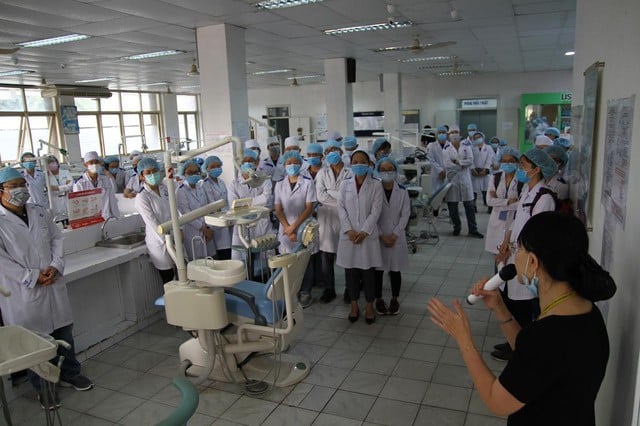
According to Professor Bui Van Ga, former Deputy Minister of Education and Training, learners will benefit first if university education institutions are rearranged in a comprehensive direction.
Photo: Pham Huu
"It is necessary to understand that this is a "level" and not a "degree", meaning that although the training time may be different and the name of the degree may not be the same, the actual level of the worker is the basis for ranking. In other words, the real value of the worker lies in the capacity and level, not in the name of the degree," said Professor Ga.
Based on that foundation, Professor Ga affirmed: "Learners benefit first, their qualifications are recognized commensurate with the time, effort and money spent. When working in other countries, their job positions and salary regimes are equivalent to those of colleagues trained in countries with the same reference level framework."
Second, Professor Ga believes that the school should not compete to upgrade in form but should focus on providing quality training at the levels where the school has strengths.
Third, learners and society do not care too much about degrees but base on the qualifications and abilities of workers to recruit and arrange jobs, reducing the psychological pressure of preferring degrees.
When implementing the arrangement of the university education system based on the national qualifications framework, the goals, output standards, training programs, and teaching methods must also change to suit the labor force that the school is targeting.
In addition, school lecturers will have to be trained and fostered to implement the new program. School leaders and managers need to be more proactive, must research and forecast the professions that society needs to open new majors, and design appropriate training programs. Schools must compete strongly to find funding sources for training and research. "In short, school apparatus will have to be more innovative, dynamic and proactive to bring benefits to learners and society," added Professor Ga.
Lessons from the world
Professor Bui Van Ga said that in the world, planning and rearranging the university education system is not a new thing. Although each country has its own characteristics, we can still refer to good experiences in arranging the human resource training system for our country.
For example, France and China both pay special attention to the elite research group when arranging the university system. In particular, France considers scientific research as the core task of elite universities. Universities and colleges in French provinces are merged into large universities to reduce the number of units and concentrate resources on research development, improve reputation and world rankings. For example, UCA is a university in the Cote d'Azure region, a merger of Nice Sophia Antipolis University and all universities and research institutes in the region, including private units. After the merger, UCA was invested in key laboratories, including those of the French National Center for Scientific Research (CNRS) to serve scientific research in areas where member units have strengths. The university only manages postgraduate training and scientific research, while member universities focus on managing training. All lecturers must perform scientific research tasks in centralized laboratories. The lesson learned here is to organize many university training facilities and research institutes (both public and private) into a large university focusing on scientific research. The merger of both public and private universities requires appropriate handling of financial and asset mechanisms, which we need to study further if we want to apply this model.
For China, the university system is very clearly stratified. The top elite universities play a key role in national research (including 39 schools such as Peking University, Tsinghua University, Fudan University, Shanghai Jiaotong University, etc.). Next are 112 national key universities that train high-quality human resources and conduct multidisciplinary scientific research.
In addition to schools managed by the Ministry of Education, China has universities managed by central ministries and departments and local schools managed by provinces/cities.
Finally, a large number of other public and private universities provide mass training, mainly in the applied and vocational direction, aimed at the local labor market, with uneven quality.
In the Chinese university system, there are many universities under the direct control of provinces and local cities. However, Chinese provinces and cities are very large, have large populations, and abundant economic potential, so investing in and managing universities is not difficult.
Source: https://thanhnien.vn/sap-xep-truong-dh-se-tac-dong-ra-sao-185251006233556897.htm





![[Photo] Prime Minister Pham Minh Chinh chairs a meeting of the Government Standing Committee to remove obstacles for projects.](https://vphoto.vietnam.vn/thumb/1200x675/vietnam/resource/IMAGE/2025/10/06/1759768638313_dsc-9023-jpg.webp)


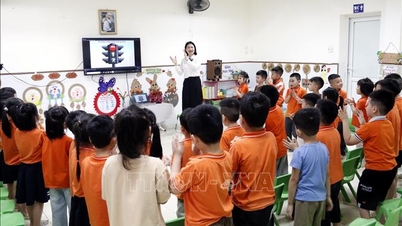

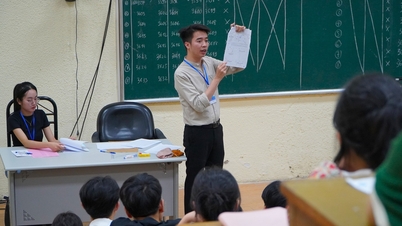

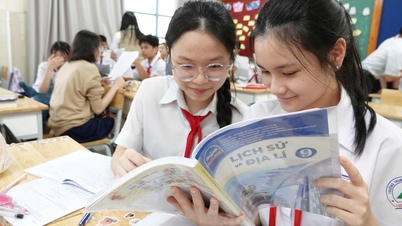
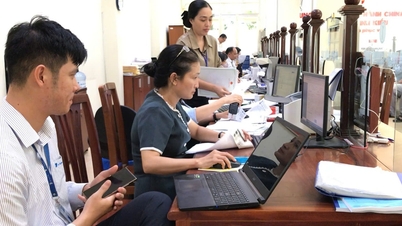
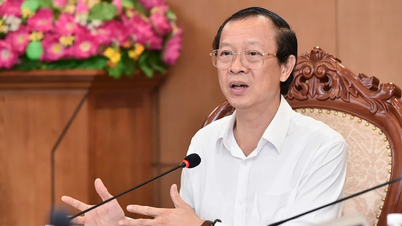

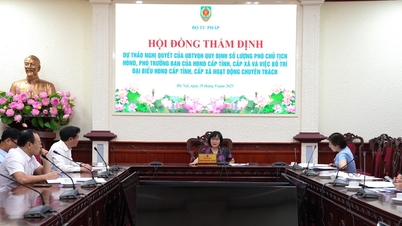






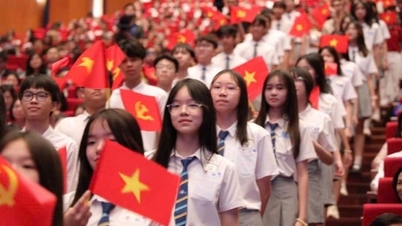





































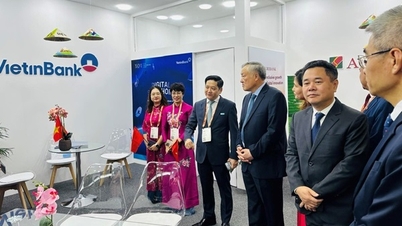















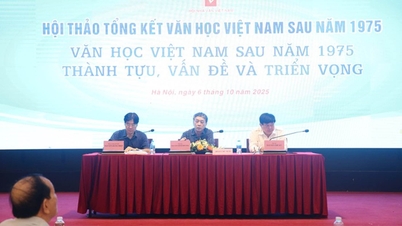





















Comment (0)